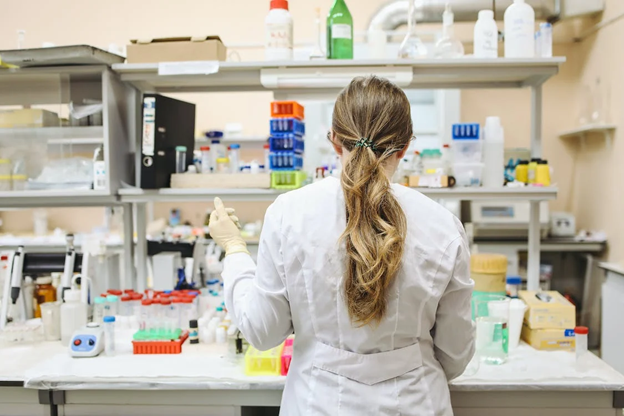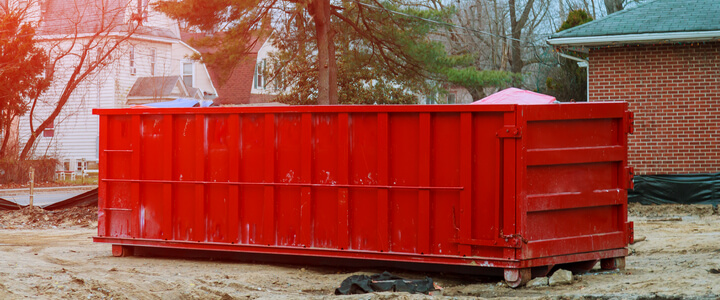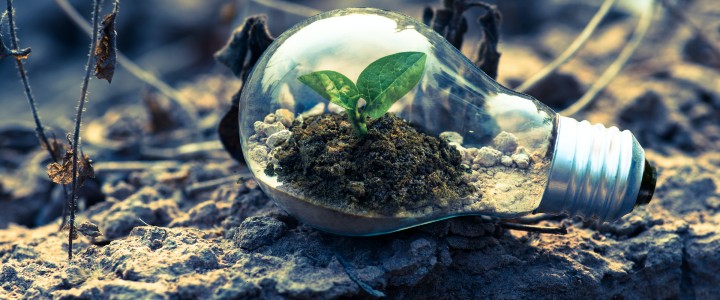Greening up The Lab: Sustainable Research Practices
Lab research can be a great way to learn about our ecosystem and develop strategies for preserving it. However, labs are often seen as places of innovation and scientific discovery, but it is important to acknowledge that they can also contribute to environmental pollution. While labs play a crucial role in advancing knowledge and developing new technologies, their operations can generate significant amounts of waste and emissions.
Statistics show that academic research labs around the world are estimated to trash a staggering 5.5 million tons of plastic waste every year.
Other sources of pollution from labs are the disposal of hazardous chemicals and different materials. Many experiments require the use of toxic substances or produce by-products that need to be properly handled and disposed of. Unfortunately, not all labs have effective waste management systems in place, leading to potential leaks or improper disposal that can harm both human health and the environment.

Pexels
Luckily, more and more labs are taking steps to become greener and set a positive example for others.
If you’re looking to make your lab more environmentally friendly, we’ve compiled a list of simple yet effective tips that you can easily implement. By adopting these practices, you can contribute to the overall goal of creating a greener future while still conducting cutting-edge research.
Cut Running Costs
As sustainability and cost-efficiency are becoming increasingly important, finding ways to reduce daily running costs in your laboratory is crucial. By adopting sustainable practices, you can not only save money but also contribute to a greener future. One effective way to achieve this is by implementing energy-efficient lighting solutions and ensuring that lights and devices are switched off when not in use.
Another area where labs can significantly reduce their expenses is in laboratory equipment. Investing in a high-quality microplate washer, for example, can lead to substantial savings in terms of running costs as well as time and efficiency. Traditional manual washing methods not only require significant time and effort but also result in higher consumption of reagents and other resources. This is where a modern microplate washer comes into play.
By automating the washing process, a microplate washer eliminates the need for manual labor, reducing staffing requirements and associated costs. Additionally, these advanced machines are designed to optimize reagent usage, minimizing waste and saving money on consumables.
Investing in modern equipment that incorporates energy-saving features and efficient technologies can lead to substantial long-term savings on electricity bills. Furthermore, proper maintenance and regular servicing of equipment will ensure optimal performance and extend their lifespan.
Waste Management and Disposal
Waste management is a pressing issue that demands immediate attention from labs across the globe.
From hazardous chemicals to biological materials, labs produce a wide range of waste that requires careful handling. Proper segregation, storage, labeling, and disposal methods are essential to ensure the safety of lab personnel as well as the surrounding community. By following these guidelines, laboratories can prevent accidents, minimize pollution risks, and protect both human health and the environment.
By doing this, labs can not only minimize their environmental impact but also ensure the health and safety of their staff and surrounding communities.
Manage Your Lab Chemicals

Pexels
By properly managing and disposing of chemicals, labs can significantly reduce their environmental impact and contribute to a greener future.
Lab chemicals are essential for conducting experiments and research, but they can also be harmful to both human health and the environment if not handled correctly. Improper disposal of these chemicals can lead to pollution of water sources, soil contamination, and even pose risks to wildlife.
To make your lab greener, it’s important to implement proper chemical management practices. This includes accurately tracking inventory, ensuring proper storage conditions, and following appropriate disposal procedures. By doing so, labs can minimize waste generation and reduce the need for new chemical purchases.
Furthermore, embracing sustainable alternatives such as using eco-friendly reagents or opting for greener synthesis methods can further enhance the environmental friendliness of a lab. These choices not only contribute to a more sustainable future but also demonstrate a commitment to responsible scientific practices.
Move to Renewable Energy
Laboratories can have a significant impact on the environment due to the energy-intensive nature of their operations. By transitioning to renewable energy sources, lab owners can not only contribute to a greener future but also enjoy several benefits for their businesses.
Renewable energy refers to power sources that are naturally replenished and have a minimal impact on the environment. This includes solar power, wind power, hydropower, and geothermal energy.
Harnessing these clean and sustainable sources of energy can help labs reduce their reliance on fossil fuels and decrease greenhouse gas emissions.
Not only does renewable energy benefit the planet, but it also presents economic advantages for labs. While there may be an initial investment required for installing solar panels or wind turbines, these systems offer long-term cost savings through lower utility bills. Renewable energy technologies have become more affordable in recent years due to advancements in technology and government incentives. Lab owners can take advantage of tax credits or grants available for implementing clean energy solutions.
Final Words
Being a sustainable lab is about thinking long-term and adopting practices that support our planet’s well-being. By implementing some of the above tips, you can minimize negative effects while still pursuing meaningful research.
















